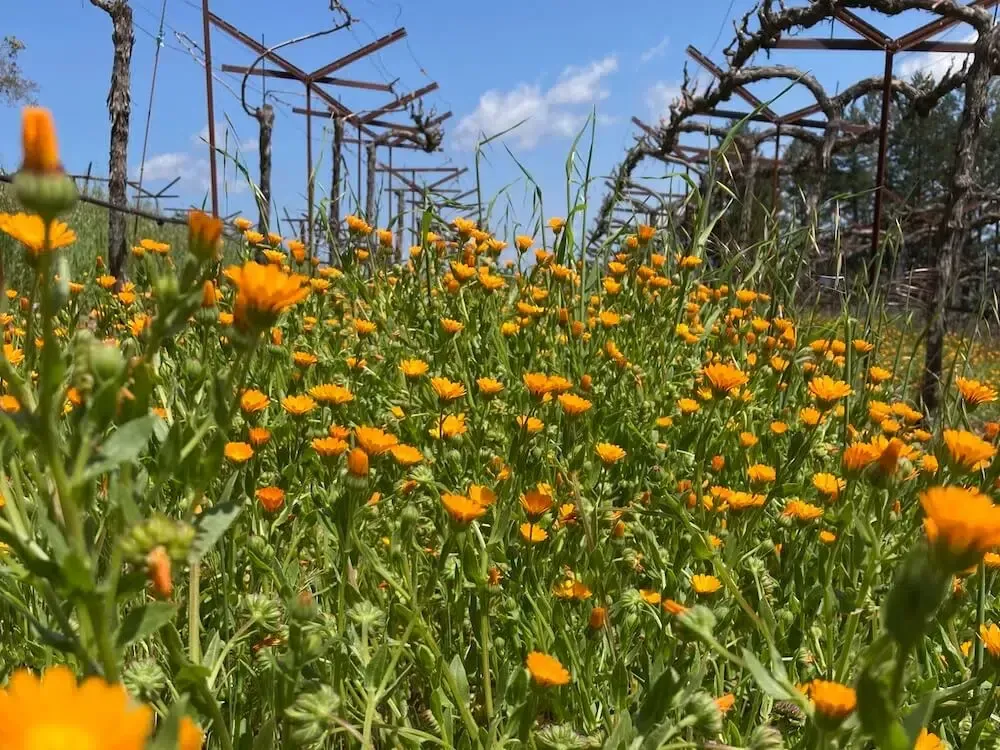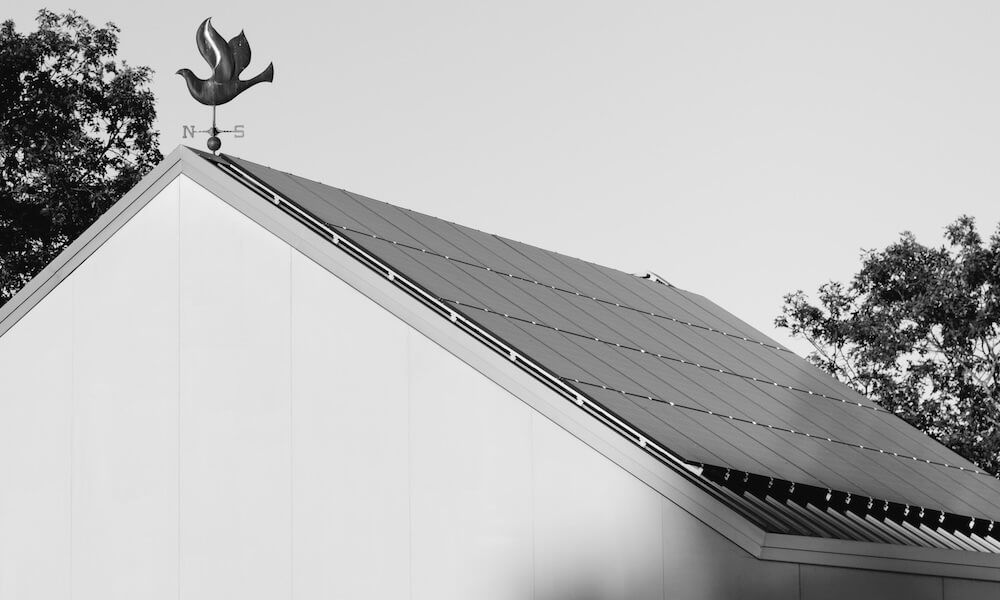Our Farm
Our journey as the team of Paloma farmers begins on the slopes of Spring Mountain. From the moment the first buds appear to the final harvest of the season, our work defines the story of the Paloma Vineyard Farm in every detail. We invite you to see how the seasons shape our estate and inform our approach to mountain‑grown fruit.
A Year On Our Farm

SUSTAINABILITY

Sustainability is woven into everything we do, from how we care for the land to how we operate as a business. At our Paloma Farm vineyard, we follow regenerative farming practices that prioritize soil health and long-term vitality. Behind the scenes, we’re working toward becoming a net-zero operation by 2030. That includes expanding our solar capacity to cover 90% of our energy needs and moving away from fossil fuels wherever we can.
For us, sustainability isn’t a checkbox, it’s a responsibility. It’s how we ensure that Paloma continues to thrive, not just for our family today, but for generations to come.
WHAT MAKES US SO SPECIAL?
The Paloma Farm Experience
Paloma Vineyard sits above the morning fog on the county line of Napa and Sonoma at the very peak of Spring Mountain. Our rolling terraces range in elevation, wrapping the mountain on three sides, allowing for variation in sun exposure, air flow, temperature, soil make-up, and drainage, ultimately creating a range of microclimates throughout our 12.5 acres. We believe that these variable conditions, or stresses, are what make our mountain fruit so special. Combined with meticulous farming practices and a modest approach to winemaking, these are the key factors that make an incredible Paloma wine.
Elevation
Our hillside terraced vineyard ranges from 2,015 to 2,235 feet. We sit just above the fog line, isolating us from the colder summer nights and protecting us from the intense summer heat.
Soil
Spring Mountain has a mixture of volcanic and sedimentary soils, with excellent drainage characteristics. Typically, the soil is slightly acidic, there is an abundance of calcium, lower levels of magnesium and phosphorus, and a mixture of kaolinite clay minerals. Paloma stretches over 4 distinct soil makeups, each with its own unique characteristics.
Sun Exposure
Our vineyard is primarily north-east facing, wrapping around the northern and eastern edges of the mountain. This exposure allows for excellent soft early morning sun while the valley is still fogged in, and limited late afternoon sun when it is at its most intense. Spring Mountain, in general, ranges from 3100 to 4800 growing degree days per year.
Temperature
In the summer months, at the top of Spring Mountain, we are typically about 5-10 degrees cooler at the peak of the day and 5-10 degrees warmer than the valley floor at night. This less extreme, more consistent environment lends to excellent growing conditions and increased growing degree days compared to the valley floor.
Precipitation
Spring Mountain is known for its above-average rainfall for the region: 25-95 inches in the winter and less than 1 inch in the summer. However, with changing climates, we have seen wide variation in these numbers over the recent decades, with multiple drought periods stretching up to 4 years.
Air Flow
While winters can bring extreme winds at the top of the mountain, on average, we get consistent, light air flow through the growing season, which helps minimize moisture in the clusters and the inherent risks, like mildew.
Grapes
Our current production grapes include Merlot, Cabernet Sauvignon, and Cabernet Franc. In the past, we have grown Syrah and Mourvèdre. We are currently experimenting with some different varietals and rootstocks to learn what might be best suited to our various terroirs.
Winery
As an estate winery, our wines are made exclusively with the fruit we have grown ourselves. This is the only way we can assure the time and care required to grow the best fruit at our Paloma Vineyard Farm.
Your Questions Answered: Visiting Paloma Vineyard Farm in Napa Valley
What makes Paloma Vineyard Farm unique?
Paloma Vineyard Farm stands out for its Spring Mountain location, estate-grown mountain fruit, and commitment to sustainable viticulture. The diverse microclimates and regenerative farming practices create wines with distinct character and depth.
How does Paloma Vineyard Farm support sustainability?
Paloma Vineyard Farm practices regenerative farming, uses solar energy, and is working toward becoming a net-zero winery by 2030. These efforts reflect a long-term commitment to soil health, energy efficiency, and environmental responsibility.
What kind of experience can visitors expect at Paloma Vineyard Farm?
Visitors to Paloma Vineyard Farm enjoy a premium wine tasting on Spring Mountain with panoramic vineyard views, expert-led experiences, and insights into the winemaking process from Paloma farmers dedicated to sustainability.
We welcome you to witness our Paloma Vineyard Farm’s dedication to terroir‑driven winemaking and mountain terroir expression. From vine to bottle, our estate reflects the spirit of the land and the care of our paloma farmers. Join us in celebrating this unique terroir and the fruit it produces at our Paloma Vineyard Farm.





